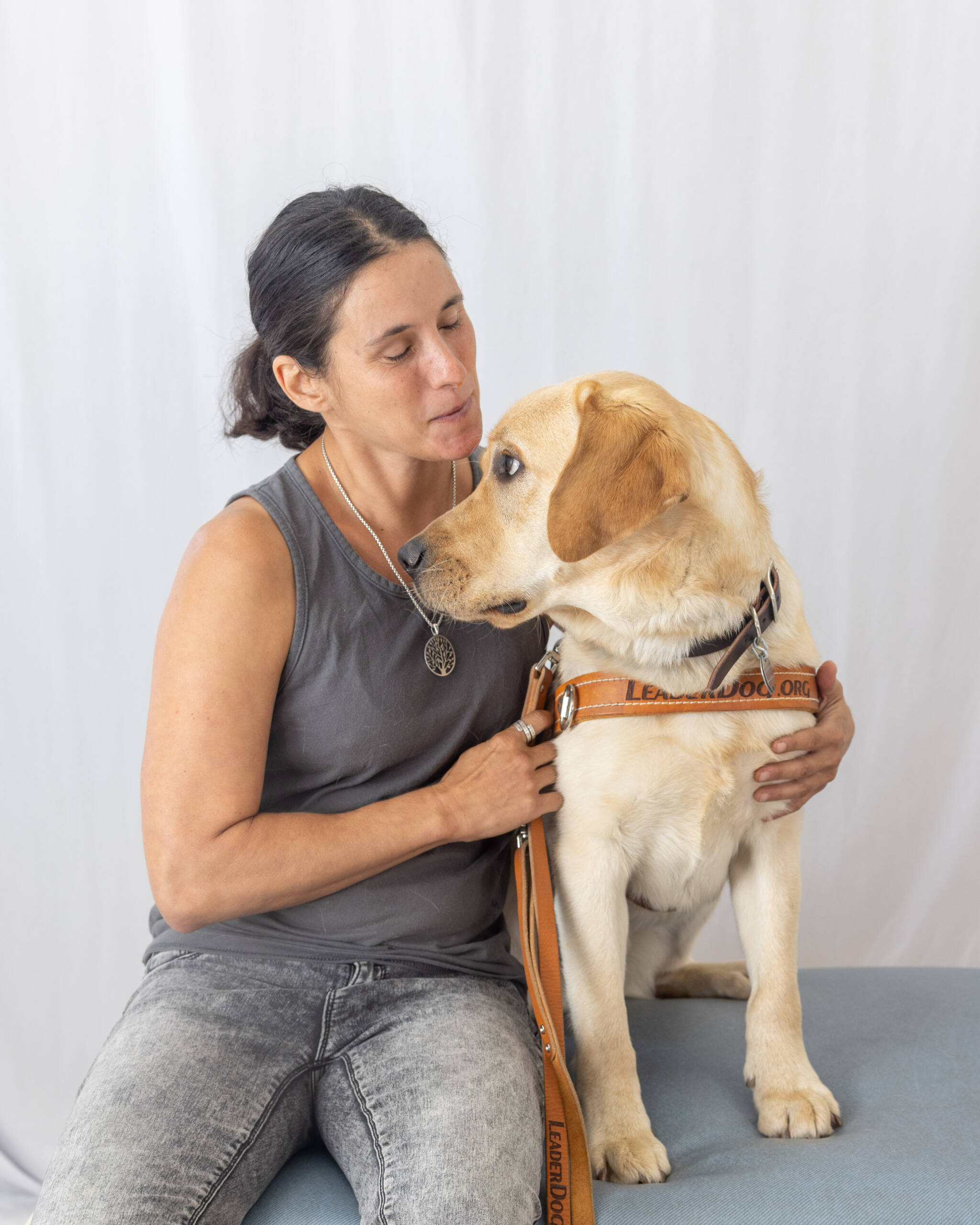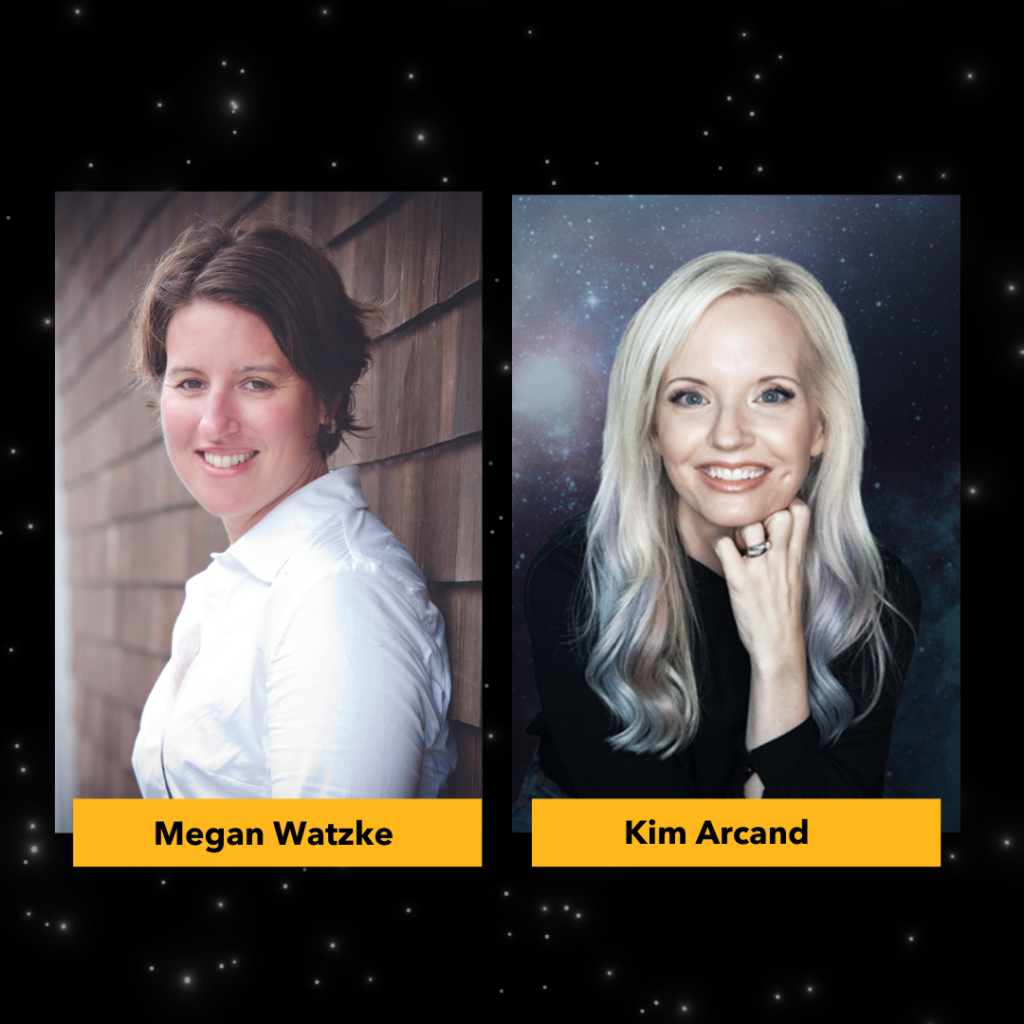The notion that we as blind people can have visual experiences that are radically different from, but analogous to, the visual experiences of sighted folks is just something that is not talked about in scientific research.
We are often mistaken as speaking metaphorically of light or images, being poetic or perhaps delusional, but this is not the case. For me – who can non-optically see my hands typing on the keyboard now – such experiences are very real, affirmable in neuroscience studies and are not going away.
The Vision In Blind Experiences Survey (VIBES) represents the first step along a breakthrough path of inquiry about blind people’s sensory experiences, which are often underappreciated and under-explored through scientific research. This innovative, inter-disciplinary project was born as a collaboration between me, a PhD candidate at the California Institute of Integral Studies, and my brilliant neuroscience colleague, Dr. Jesse Breedlove at University of Minnesota.
The paradigm shifting implications of this for neuroscience, psychology and phenomenology are immense, and we are just breaking the surface with the VIBES survey, to get a feel for how blind people actually experience their realities.
Understanding non-optic visual experiences
We as blind people are immersed in a visually dominated culture – and for many sighted people, the visual image is king in some conditioned hierarchy of the senses. For me, however, and perhaps for others, my non-optic visual experience is not an overbearing, convenient, or superficial sensory input, but a dynamically coherent result of integrating my non-visual senses.
We know from Oliver Sacks’s book, The Mind’s Eye, the writings of Jacques Lusseyran, And There Was Light, Zoltan Torey’s Out of Darkness, and many other diverse personal accounts that there are mysterious phenomena going on in blind experiences that stretch the typical sensory imagination.
As my colleague Dr. Breedlove said, “There is compelling evidence showing that blind people do, at least sometimes, have visual experiences. These are not just hallucinations and mental imagery, but concrete visual images that are fair representations of what is really there, only generated entirely within the very resourceful brain. However, the official accounts of these are few and far in between. Possibly because it is in fact rare, or possibly because we as scientists and doctors have a bad habit of not taking the introspection of patients and participants seriously unless they fit our current understanding or assumptions.”
As part of my dissertation research, the VIBES survey will connect me with other non-optic seers, who I will conduct in depth interviews with to bring forward their own voices and experiences. For Jesse, this will provide a broader picture of visual experiences blind people may have that can contextualize her non-optic sight research. Ultimately, we hope to start a learning community around non-optic sight where we can share our experiences through research, art and dialogue.
We are interested in all aspects of totally or near totally blind people’s experiences that may have visual components, whether they be hallucinations, light or color flashes, visual mental imagery, visual dreams, or the central focus of our work, non-optic sight.
Take the survey, share your VIBES
We are inviting all adults who are totally or near totally blind to participate in our survey, and our aim is to reach as many blind people as possible. Although the online Qualtrix survey interacts well with Voiceover, we have had issues with JAWS and Google Chrome. My soap box about the failures of tech to be fully accessible in this day and age is a different post, but we have other accessible survey options available.
If the online survey is not accessible, participants can choose to take a word document version, or share their experience over the phone. We are also offering to enter all participants in a drawing to win one of a number of $50 gift cards, in thanks for their time.
As I type on my braille stickered keyboard, with my Leader Dog snuggled up, and using a screen reader to reach as many blind people as I can, I am really touched by everyone’s experience. We, as blind people, have a diverse and fascinating sensory relationship with reality that never becomes boring to me. Thank you for your stories – and thank you so much for sharing your realities.
About The Vision In Blind Experiences Survey (VIBES)
VIBES is available in multiple formats to increase accessibility. You can:
- Take the survey online
- Receive the survey as an electronic text document that you type your answers into and email back
- Or, if you cannot access the survey through the first two formats, you can contact the study team to schedule a phone call to give your answers verbally. Email us at Vibes@UMN.edu or call us at 612-930-1373.
To get started, visit this page for general information and consent details.
About the authors
Dr. Jesse Breedlove
Jesse is a neuroscience researcher at the University of Minnesota. She study the kinds of visual experiences that we have without our eyes, such as visual mental imagery, hallucinations, and non-optic sight.
Gina Applebee
Gina is a 38-year-old blind woman living independently in her beautiful tiny home in Charleston, South Carolina, with her Leader Dog, Courage. After finishing her PhD in Integral and Transpersonal Psychology, she plans to teach locally at College of Charleston and continue research. She loves climbing, aerials rope acrobatics, swimming, walking and working out in general. Meditation and movement are mandatory for her, but so are binging interesting audiobooks and intellectual rabbit holes. The music keeps her going above all, except the love and solidarity of her dear friends.
You can connect with Gina on Facebook or Instagram, and read her previous #MyBlindStory post, Blind & In Technicolor.



